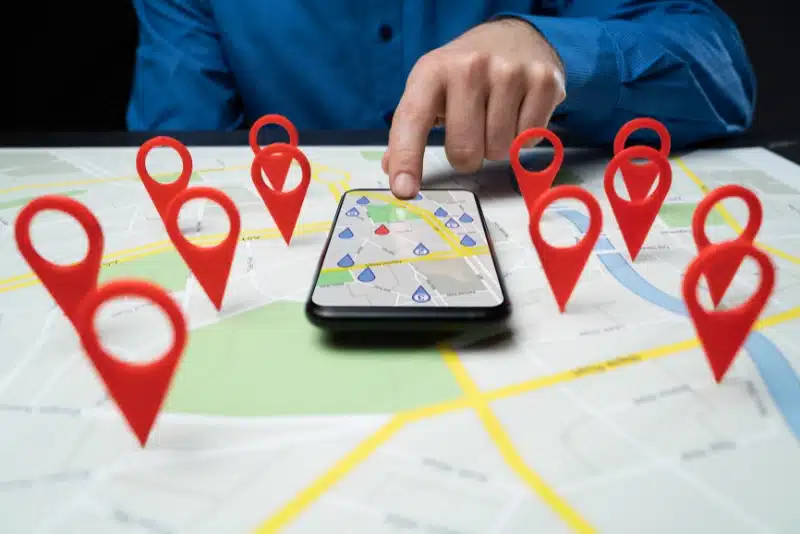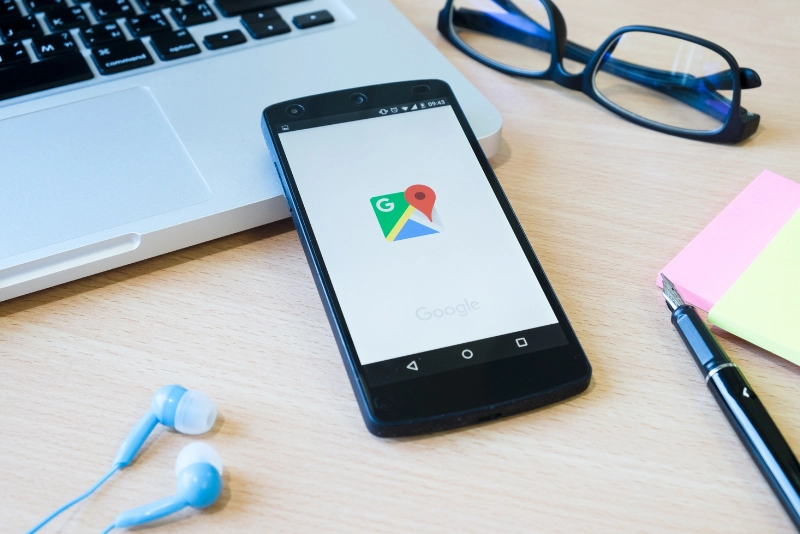There was once a buzzing café in San Diego. Lines out the door. Locals couldn’t get enough.
Now? Nothing. Not even a blip on Google Maps. Why? It skipped mobile optimization for local SEO.
In 2025, foot traffic follows search traffic. And search? It’s mobile-first. Skip mobile optimization, and your business disappears—off Maps, off results, and out of wallets.
Take that San Diego café. It has great espresso and cozy vibes. But its website? It’s slow and clunky. It’s stuck in desktop mode. There is no local schema, no click-to-call, and no chance.
Customers Googled “best latte near me”—and landed on the mobile-optimized rival across the street.
That’s the power of mobile optimization for local SEO.
What is it, exactly? Fast load times, thumb-friendly layouts, geo-targeted content, and local visibility.
Let’s ask a few sharp questions:
- Can your site load in under 3 seconds?
- Does it scream local to Google’s crawlers?
- Or is it hiding behind broken links and desktop leftovers?
If you’re not sure, keep reading.

1. Google Maps Is the New Front Door—Are You Even Listed?
88% of consumers use Google Maps to find local businesses. Are you one of them?
If not, fix it fast.
How to Own Your Google Business Profile
Step 1: Claim it
- Search for your business on Google
- Hit “Claim this business.”
- Not there? Create it at Google Business Profile.
Step 2: Fill it out like a pro
- Name, address, phone: triple-check accuracy
- Hours: current, seasonal, not dusty
- Website: link directly to your homepage
Step 3: Use mobile optimization strategies here, too
- Upload high-quality, fast-loading images (they get 42% more clicks. That’s a lot.)
- Add mobile-friendly posts
- Respond to every review—yes, even the trolls
Step 4: Post. Monitor. Repeat
- Google likes activity
- The GBP dashboard tells you what’s working
Miss this? You’re not on the porch—you’re off the grid.
2. Three Seconds or Bust—Is Your Site Driving People Away?
Half of your visitors leave if your site loads slowly. How slow is yours?
Speed It Up or Lose Them
Want visitors to stick? Apply these mobile optimization strategies:
- Compress images with TinyPNG or ImageOptim
- Use browser caching
- Minimize HTTP requests (ditch extra scripts and widgets)
- Switch to a CDN
- Minify CSS and JavaScript
- Enable GZIP compression (it can reduce file sizes by up to 70%)
- Prioritize above-the-fold content
- Monitor with PageSpeed Insights or Lighthouse
Mobile optimization for local SEO starts with speed. No one waits, not even your brother.
3. Voice Search Is the New Typing. Are You Speaking Their Language?
“Hey Google, best sushi near me.”
That’s how your next customer finds your competitor. Yes, 58% of consumers use voice search. Yet, many of us haven’t optimized our sites for it. Is your content ready to chat?
How to Win Voice Search with Mobile Optimization Strategies
- Use natural language (ditch corporate-speak)
- Add Q&A-style content
- Optimize for long-tail keywords
- Make your headings clear and scannable
- Build an FAQ page
- Ensure your mobile site is fast and functional
- Use schema markup
- Track voice search traffic in analytics
Want mobile optimization for local SEO that ranks? Make your site talk like a human, not a robot.
